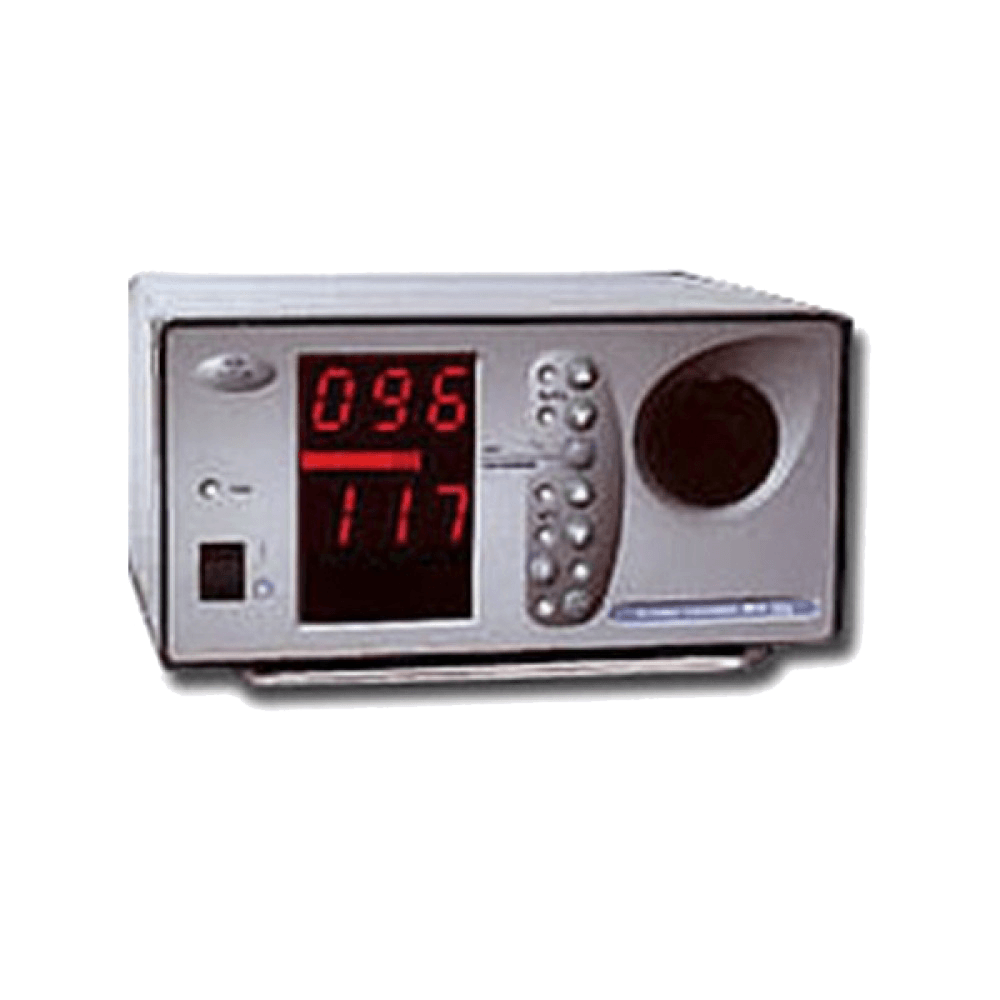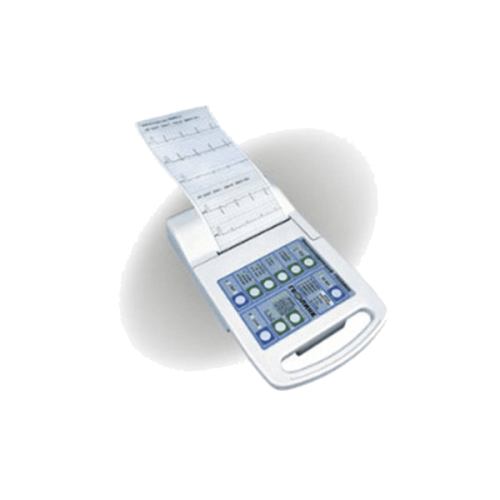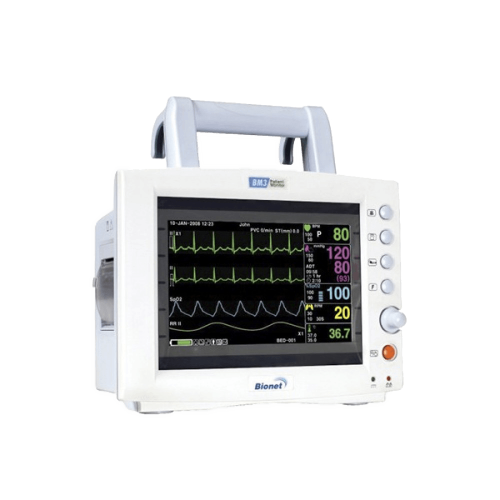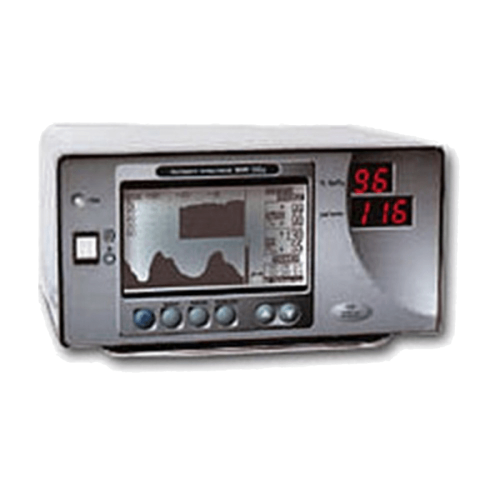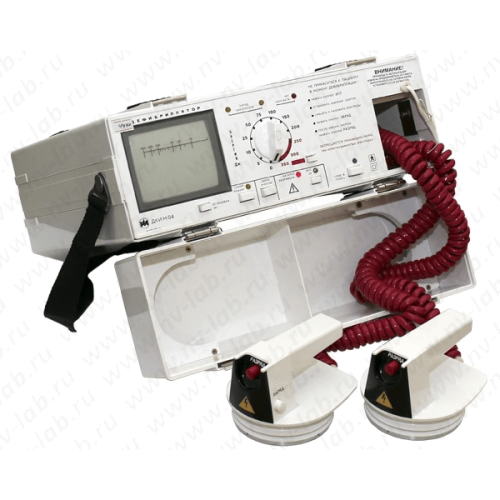Description
Pulse oximeter OP-31A “TRITON”
Designed for continuous non-invasive determination of oxygen saturation (saturation) of arterial blood (SpO2) and pulse rate (PR).
The device OP-31A “Triton” is a new generation pulse oximeter. It is adapted to work in interference and low pulse conditions and provides high measurement accuracy and fast response to SpO2 changes in these conditions.
Its distinguishing features:
a perfect algorithm for calculating SpO2;
perfect filters for patient movement artifacts and interference;
new mechanisms of protection against interference generated by the action of electrosurgical instruments.
The OP-31A pulse oximeter is built on a new powerful processor, which made it possible to implement new advanced signal processing algorithms that increase the reliability of SpO2 measurements and pulse rhythm assessment. Its electronic circuit contains a minimum number of elements, due to which high reliability is achieved.
With the help of a light signal, the device immediately reports a decrease in the reliability of measurements.
As a rule, the reasons for such a decrease are:
- a large number of interference from the movements of a restless patient;
- decreased filling of the peripheral pulse;
- violation of the position of the sensor;
- a drop in blood pressure and, as a result, a decrease in the filling of the pulse.
All four causes indicate changes in the patient’s condition that are not directly related to the drop in SpO2, but their appearance requires increased attention from the medical staff to such a patient.
The algorithm for assessing the rhythmicity of the pulse registers the presence of rhythm disturbances and generates a short-term light signal. Frequent rhythm disturbances are also the reason for increased attention to the patient.
Devices are used in hospitals for functional express diagnostics; in intensive care units and intensive care units for long-term monitoring of the main physiological parameters of the patient’s body; are used for any surgical interventions, including in dentistry during sanitation under general anesthesia. Devices equipped with children’s sensors allow monitoring the state of vital functions during operations in children, and can also be used in life support complexes for newborns.
Main technical parameters and characteristics:
SpO2 % range ……………60-100 SpO2 % range
……………0-100 Pulse rate (PR) range ………………….25-220bpm Limits of permissible absolute error of the device when measuring SpO2 in the range of 90-100% ……………………………………………………..±2 in the range of 60-89% …………………………….. ±3 Limits of the permissible absolute error of the device during measurement pulse rate in the range of 100-220 ……………………. ± 2 beats / min. in the range of 25-99 ……………………….. ±1 bpm. Time of indications establishment no more than 20 sec.
The device operates on AC 220 V, 50 Hz and on-board network of the ambulance. The power consumed by the device is not more than 15 watts.
light indication of pulse filling;
audible pulse rate alarm;
two-stage light and sound alarm, in cases of output of the measured values beyond the established limits;
20-hour cycle of registration and storage of information in memory with its subsequent output to the indicator of the device, to a computer or printer.
The device is completed with 2 clothespin sensors and, if necessary, children’s sensors (on request).
The device has the ability to work in a centralized monitoring network.

